You might think you know what’s on your plate—but chances are, at least one of your favorite foods is fooling you. From so-called lobster rolls packed with flavored fish paste to “pure” honey secretly spiked with sugar syrup, the grocery store is full of culinary impostors. These fake foods often look, smell, and even taste convincing, but behind the label lies a very different reality. Whether it’s mislabeled sushi or faux Parmesan, food fraud is more common than you’d expect. Here are 12 shocking examples of everyday items that aren’t what they seem—and how to spot the real thing.
1. Mystery Grains Masquerading as Premium Rice
Your bag of rice might contain more than you bargained for. Unscrupulous manufacturers sometimes mix premium rice with broken grains, synthetic resin pellets, or entirely different cereal grains to increase profits.
While strict regulations exist in America, tainted imports still find their way onto store shelves. The plastic-like fragments are particularly concerning – they don’t cook down and can potentially release harmful chemicals.
A simple test: Spread a handful on a light-colored plate and look for inconsistent shapes or pieces that don’t look quite right. Pure rice should have uniform appearance and cook evenly without strange textures.
2. Ground Coffee Padded With Fillers
Your morning brew might contain unwelcome guests. Many pre-ground coffee products contain fillers like roasted corn, barley, chicory root, or even ground twigs to stretch profits. These additions dilute flavor while maintaining appearance.
Budget brands are particularly suspect, but even mid-range options aren’t immune. The FDA doesn’t require coffee companies to disclose these additions if they’re considered “natural” ingredients. For guaranteed purity, buy whole beans and grind them yourself.
Watch for unusually light-colored grounds or coffee that brews weaker than expected despite using your normal amount – classic signs your caffeine fix has been compromised.
3. So-Called “100% Fruit Juice” That’s Mostly Sugar Water
Marketing magic turns sugar water into “100% juice” through clever labeling loopholes. Many juices start as concentrate – fruit that’s been processed, stripped of flavor, then reconstituted with water and additives.
Manufacturers add sweeteners, artificial flavors, and colorants to mimic fresh juice characteristics. The result? A product that’s technically derived from fruit but bears little nutritional resemblance to what you’d squeeze yourself.
True juice should list only the fruit and perhaps vitamin C as ingredients. Anything mentioning “from concentrate” with multiple additives is essentially expensive colored sugar water with minimal fruit benefits.
4. Fake Lobster Lurking in Your Seafood
That delicious lobster roll might be hiding a fishy secret. Studies have found that over one-third of restaurant lobster dishes in America contain no lobster at all! Instead, you’re munching on surimi – a processed paste made from cheaper white fish, artificially flavored to mimic lobster.
The deception is most common in seafood salads and sushi rolls where the texture can be easily disguised. Even high-end restaurants have been caught serving this impostor.
Next time you’re craving real crustacean, ask where the lobster comes from or look for visible chunks with that distinctive texture. If the price seems suspiciously low, your seafood probably took a detour around the ocean.
5. Sparkling Wine Disguised as Authentic Champagne
Popping that “champagne” for a special occasion? Unless it’s from France’s Champagne region, you’re celebrating with impostor bubbly. American labeling laws allow domestic producers to use the term “champagne” despite international agreements protecting this designation.
Real Champagne comes exclusively from the Champagne region using specific grapes and traditional methods. The domestic versions typically use different production techniques and grape varieties.
Check the label carefully – authentic Champagne will clearly state its French origin and display “Appellation Champagne Contrôlée.” Everything else is simply sparkling wine with a misleading name tag!
6. Tea Bags Filled With Dust Instead of Leaves
Those bargain tea bags might be brewing disappointment. Many contain “dust” – the lowest grade tea consisting of tiny particles swept from factory floors after processing higher grades. Manufacturers often add stems, fannings (tiny broken pieces), and fillers to bulk up cheap tea bags.
Herbal varieties frequently contain minimal actual herbs, relying instead on artificial flavors and colors for taste. Quality tea should contain visible leaf pieces rather than uniform powder.
Hold a bag up to light – if it’s densely packed with fine particles rather than recognizable leaves, you’re drinking tea leftovers rather than the premium leaves shown in advertisements.
7. Spice Jars Containing Sawdust and Food Coloring
Your spice rack might harbor hidden wood products. Unethical spice companies dilute expensive spices like turmeric, paprika, and saffron with sawdust, chalk powder, brick dust, or excessive amounts of salt.
Food coloring maintains the expected appearance while fillers increase weight and volume. Some imported spices have even tested positive for toxic lead chromate added to enhance color.
Reputable brands are safer, but price is often a clue – if that saffron seems suspiciously affordable, it’s probably not pure. The best protection is buying whole spices and grinding them yourself, or purchasing from specialty retailers with transparent sourcing.
8. Honey Bottles Filled With Flavored Corn Syrup
Nature’s sweetener has become one of food fraud’s biggest targets. Tests reveal up to one-third of honey sold in America contains no honey at all – just corn syrup or cane sugar flavored to mimic the real thing.
Manufacturers filter out pollen (honey’s fingerprint) making origin and authenticity impossible to verify. Some imported “honey” contains illegal antibiotics and heavy metals banned in food production.
For real honey, look for local, raw varieties with visible crystallization over time. The ultra-clear, never-crystallizing squeeze bottles at suspiciously low prices are almost certainly adulterated with syrup or entirely fake.
9. Parmesan Cheese Loaded With Wood Pulp
That pre-grated “parmesan” contains something unexpected – wood! Many brands use cellulose (processed wood pulp) as an anti-clumping agent. While some cellulose is permitted, investigations found certain brands containing up to 8.8% – far beyond what’s needed to prevent clumping.
Real Parmigiano-Reggiano comes exclusively from specific Italian provinces and ages 12-36 months. The domestic version skips aging time and quality standards.
For authentic cheese, look for “Parmigiano-Reggiano” stamped on the rind and be prepared to grate it yourself. If the label says “parmesan-type” or just “parmesan cheese,” you’re getting an imitation with questionable ingredients.
10. Sushi Fish Swapped With Cheaper Species
Your “tuna” roll might be hiding an identity crisis. DNA testing reveals over 60% of sushi restaurants serve mislabeled fish – typically substituting cheaper, more available species for premium options.
Common swaps include tilapia or escolar (which can cause digestive distress) for tuna, and pangasius (Vietnamese catfish) for more expensive white fish. Even “white tuna” is typically escolar, nicknamed the “ex-lax fish” for its unfortunate digestive effects.
Color-treated fish further complicates identification – carbon monoxide treatment keeps fish looking fresh long after it’s past prime. True fish identification requires DNA testing beyond consumer reach.
11. Olive Oil Bottles Filled With Cheaper Vegetable Oils
That “extra virgin olive oil” might be an elaborate counterfeit. Industry investigations found nearly half of imported olive oils fail authenticity tests, containing cheaper soybean, sunflower, or canola oils dyed green.
Real extra virgin olive oil comes from the first pressing of olives with no chemical processing. The counterfeits mix low-grade olive oil with other oils, add chlorophyll for color, and beta carotene for flavor.
Authentic oil should solidify when refrigerated and have a peppery finish that catches slightly in your throat. If your oil remains liquid when cold or tastes bland without that characteristic bite, you’ve purchased cleverly disguised vegetable oil.
12. Butter Substitutes Masquerading as the Real Thing
The yellow block in your refrigerator might be playing dress-up. Many products labeled as “butter blend” or “buttery spread” contain little or no dairy butter at all – they’re vegetable oil-based margarine with artificial flavoring.
Marketing tactics create packaging nearly identical to real butter, with images of farms and cows despite containing no milk products. Some “butter” products contain as little as 30% actual butter mixed with vegetable oils.
Genuine butter contains cream or milk and salt – nothing else. Check ingredient lists carefully – if you see terms like “spread,” “blend,” or any oils listed, you’re buying a laboratory creation rather than farm-fresh dairy.
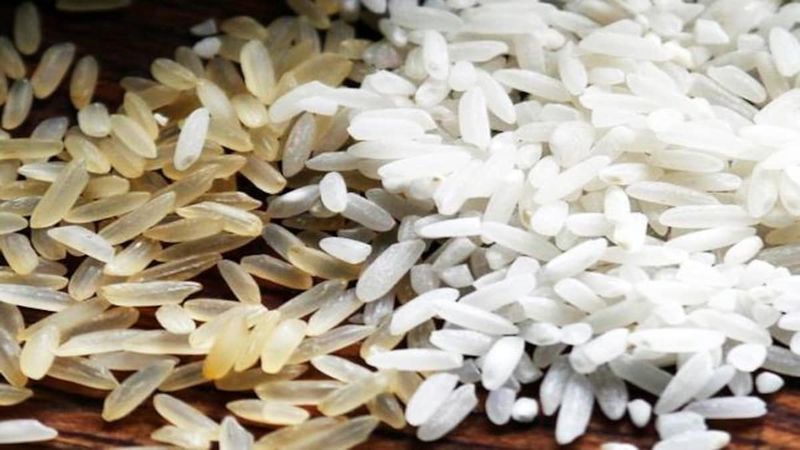
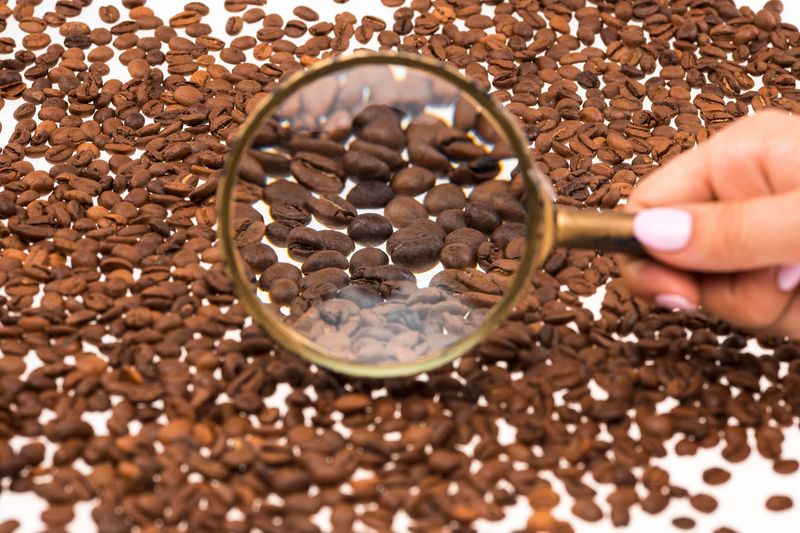
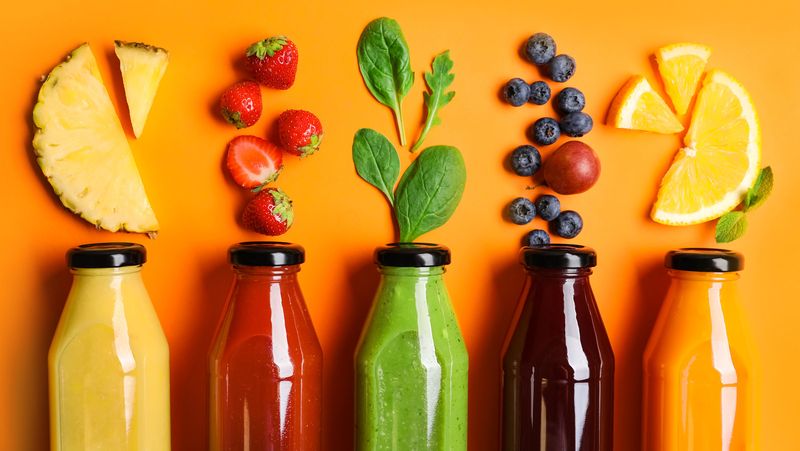
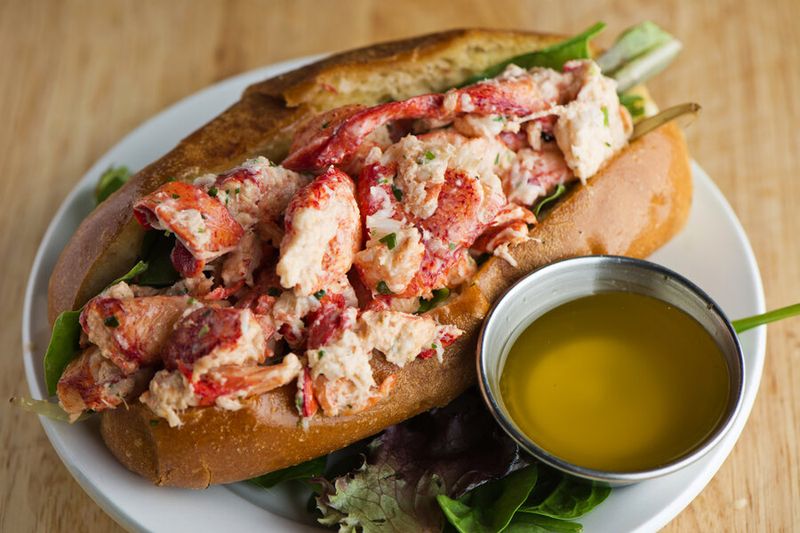
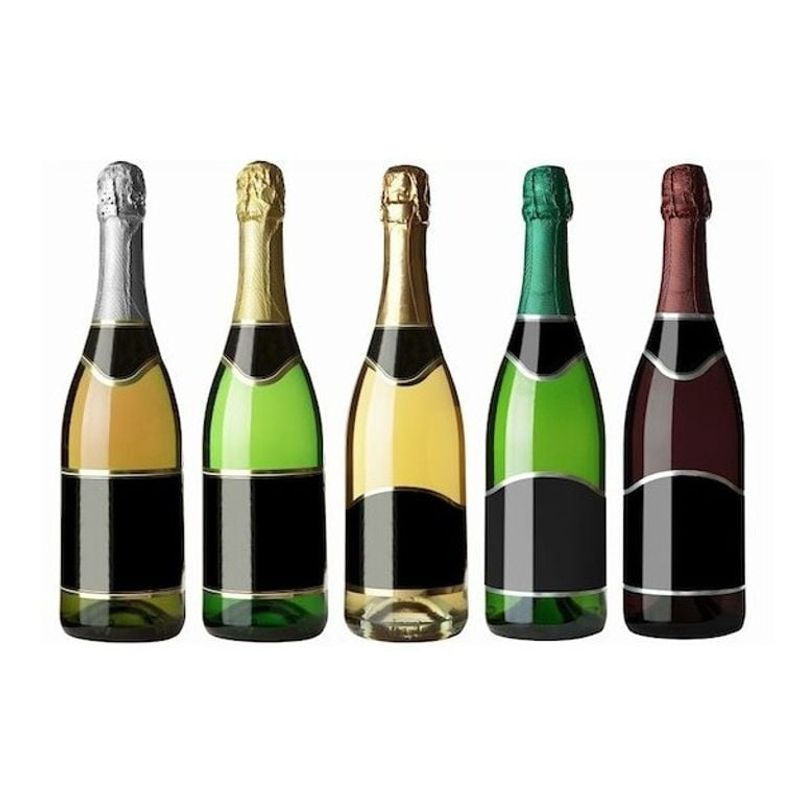
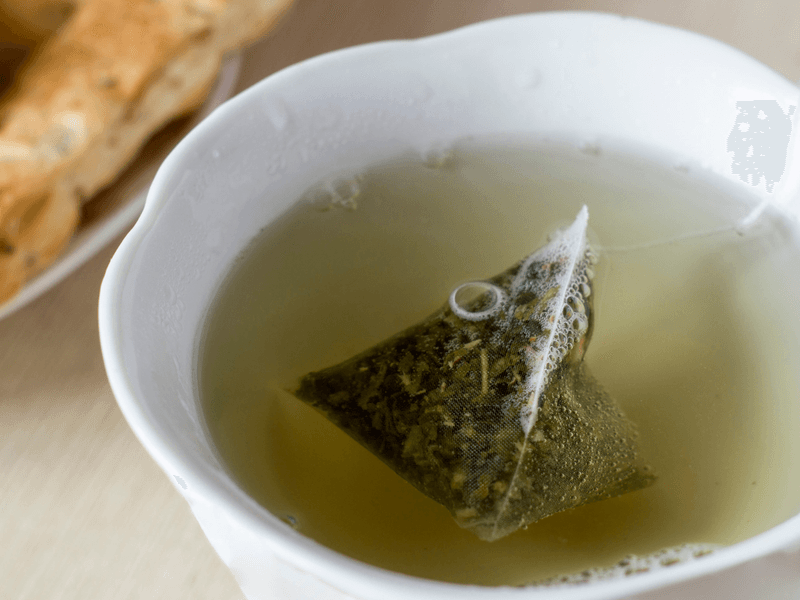
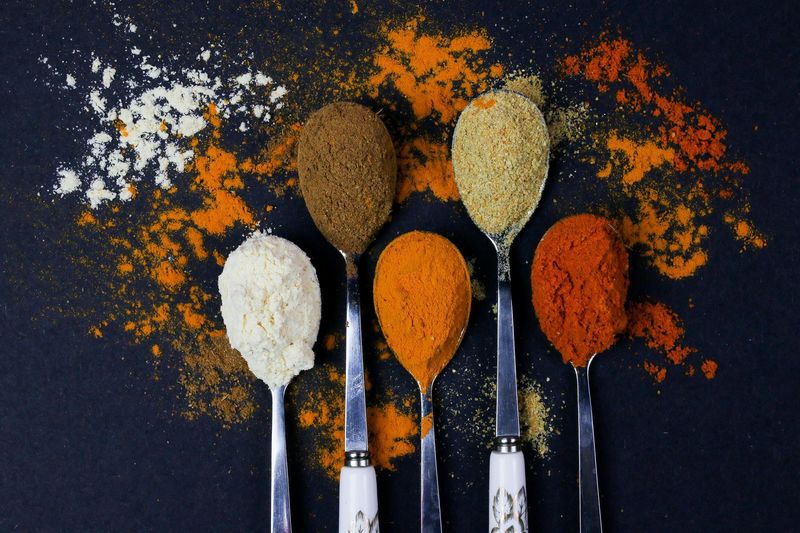
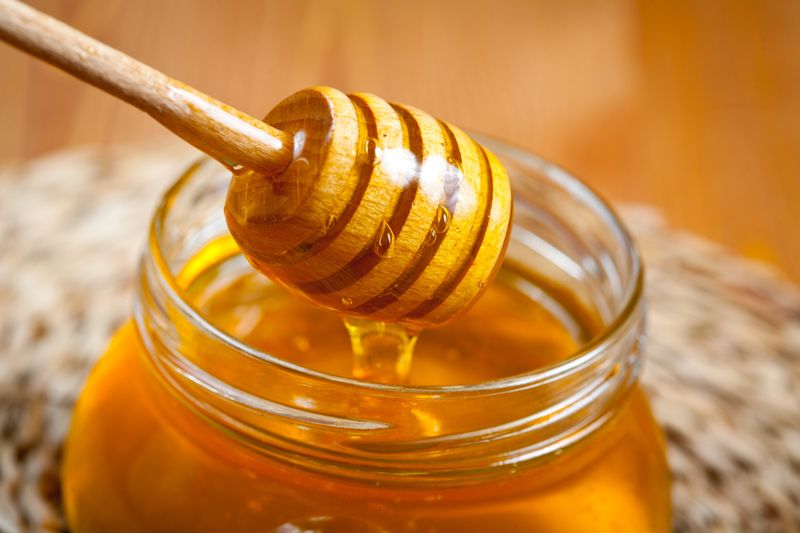
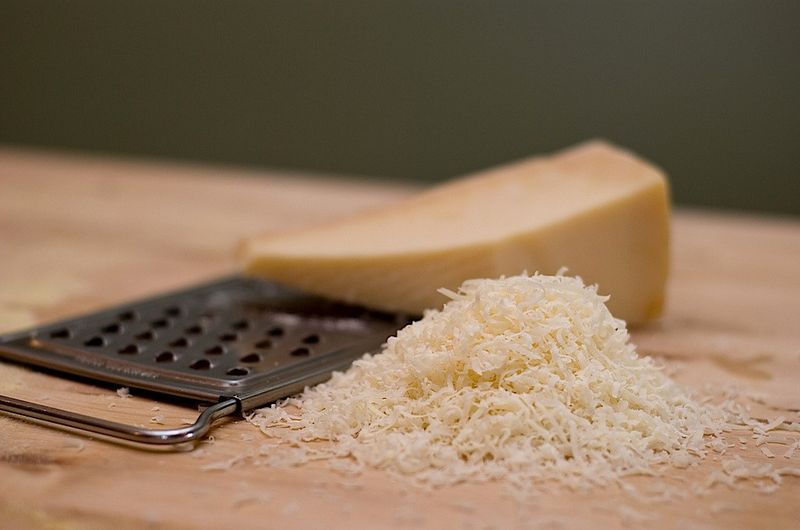
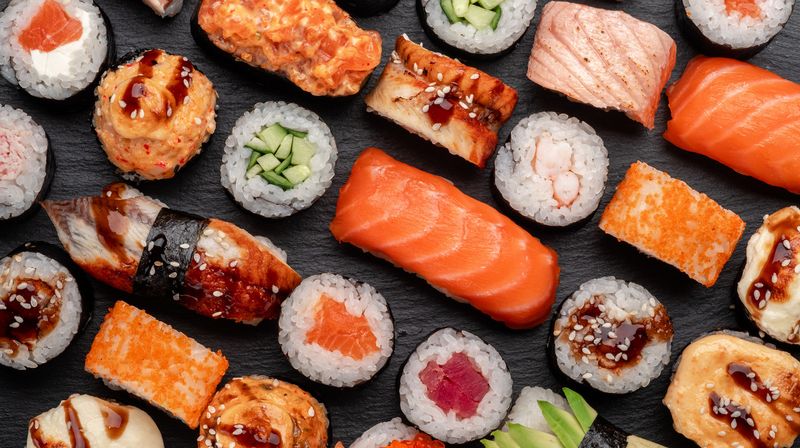
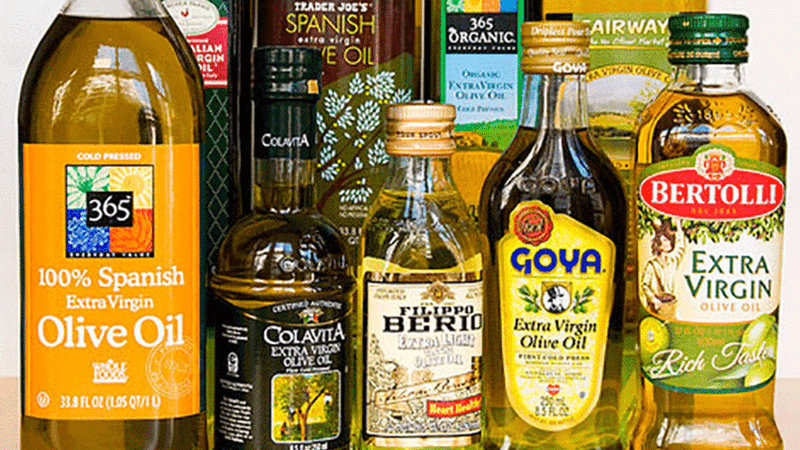
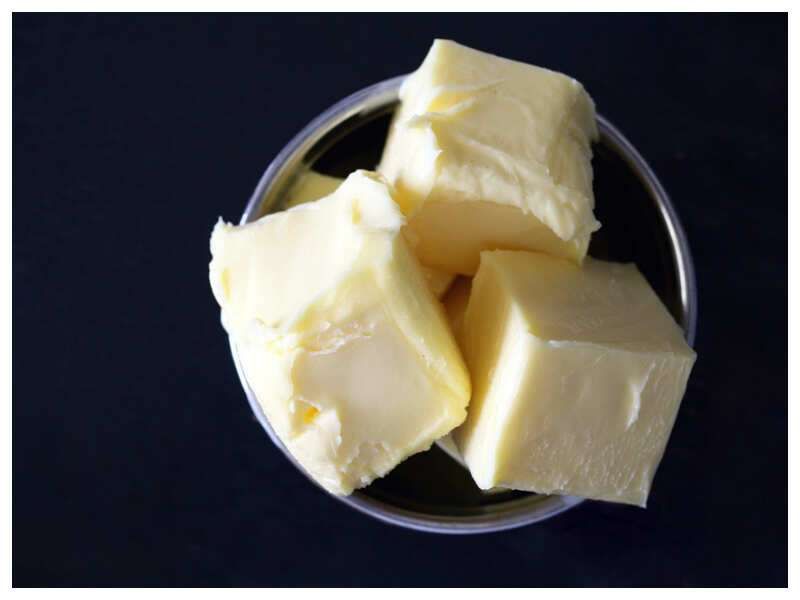
Leave a comment